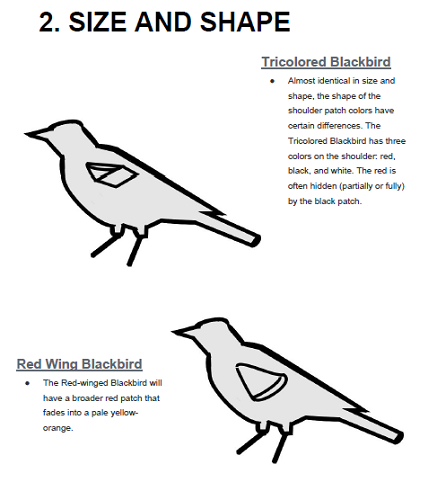Thesis Paper and Model
Modeling the effects of sea level rise on the Long-billed Curlew population of Humboldt Bay
Sea level rise is predicted to adversely affect shorebird populations living in coastal habitats. What tools do we have to estimate what may happen to these coastal habitats and their resident populations? What might happen if climate change is more sudden or extreme than conservative estimates? To approach these questions, I explore the SLAMM model used for modeling coastal changes due to sea level rise and the MORPH model developed to simulate shorebird population responses to habitat change.
KEYWORDS
sea level rise, climate change, habitat loss, individual-based modeling, GIS, NetLogo, forager-prey model
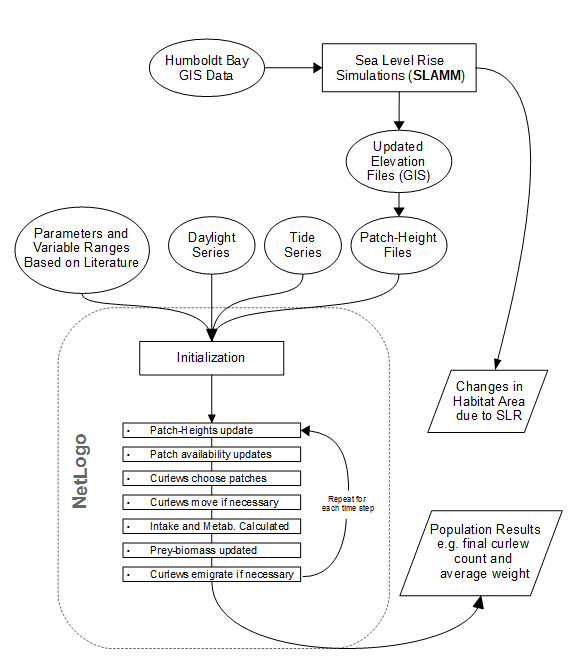
Life Tables and the Leslie Matrix
Life tables are useful tools for projecting life expectancies, family sizes, age distribution, andnet population growth over time based on age-specific survival and fecundity rates. The Leslie matrix model provides a convenient way to use life table data to project population changes. Here, I use the Leslie model to analyze a few life-tables of Eastern Screech Owl populations and discuss how a small difference between two published copies of the same life table have significantly different outcomes.
KEYWORDS
Eastern Screech Owl, age-structured models, eigenvalues, population ecology, rural vs. suburban survival rates
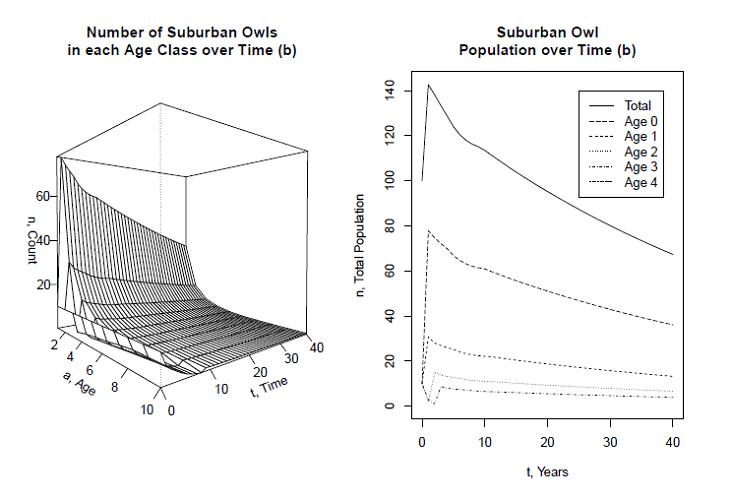
Modeling Beaver Dispersal
Beavers bring many ecological benefits when starting a new pond in an area. However, beaver are seen as nuisances to both private and commercial land owners, who then employ trapping methods to control beaver populations that are often ineffective and inconsistent. In order to properly manage beaver populations, an optimal strategy must be used to balance the costs of trapping versus the actual economic damage that beavers cause. To minimize losses, this strategy finds the optimal population size for beavers in an area and prescribes the methods to efficiently reach the optimal population.
KEYWORDS
Social Fence Hypothesis, Pontryagin’s Maximum Principle, optimum control, harvesting optimization model, non-dimensionaliztion, phase planesb, LogoMORPH, GIS, ArcGIS, and a healthy dose of patience.
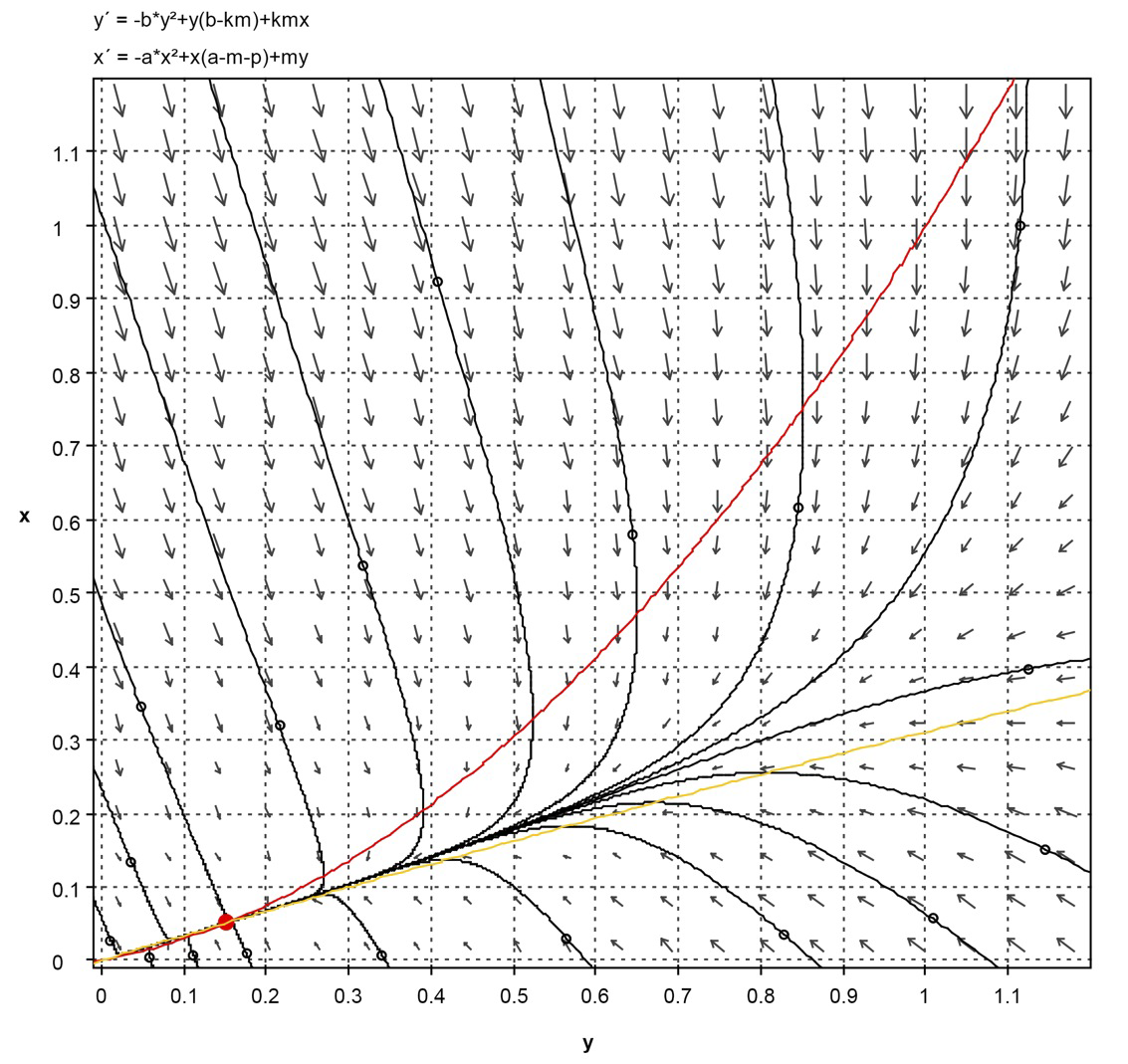
The Stochastic Metapopulation Model
The original metapopulation model developed by Levins in 1970 was a significant stepping stone in population ecology, connecting the traditionally separate studies of local population ecology (changes in abundance over time) and regional biogeography (occurrence and distribution over space). As a deterministic model, associated population trends increase smoothly and produce graphs similar to the logistic growth curve. However, the changes in nature are more often erratic and spontaneous, rarely producing a smooth data curve. Reformulating the metapopulation model as a stochastic process helps reproduce curves that more accurately capture the randomness and unpredictability of nature. I also discuss a simple but significant piece of information needed to model stochastic interevent times in systems with non-integer population or state changes.
KEYWORDS
Metapopulation models, stochastic processes, logistic growth model, deterministic vs. stochastic
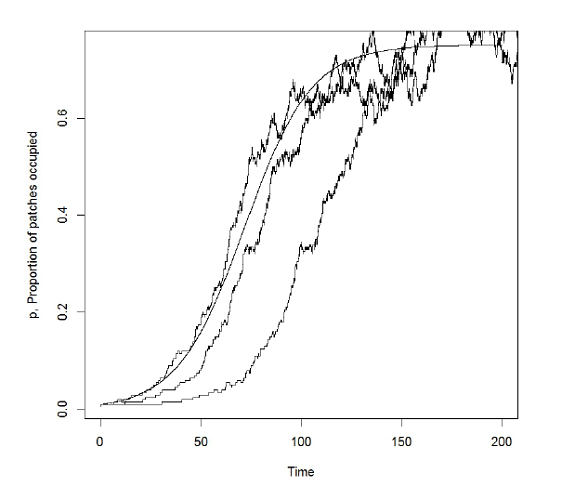
Review: Competition and Biodiversity in Spatially Structured Habitats
The simplest competition models offer insight to interactions between two species in the same habitat. However, habitats are often diverse, containing many species that all interact with each other. For plant species in native prairies and grasslands, over 100 species can coexist within a habitat. Under the spatial competition hypothesis, this diversity is explained by differences between species’ ability to allocate resources to their root systems or their reproductive systems. The model is tested with 40 species and provides interesting implications for multispecies systems in terms of species’ trade-offs between colonization and root allocation ability.
KEYWORDS
biodiversity, competition, multispecies abundance model, spatial competition hypothesis
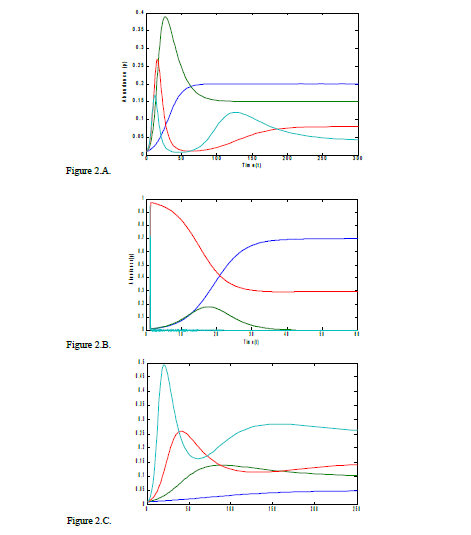
Model Fitting
Finding the best model for a sample of length-at-age data for Yellowstone Cutthroat Trout and Rainbow Hybrid Trout from the Snake River
In this statistics lab, the von Bertalanffy growth function and the Gompertz growth function are considered for finding the optimal statistical model that describes the given length-at-age data. Techniques involving parameterization, maximum likelihood, log-likelihood, weights, AIC, and R-squared are used to select the best model.
KEYWORDS
model selection, statistics
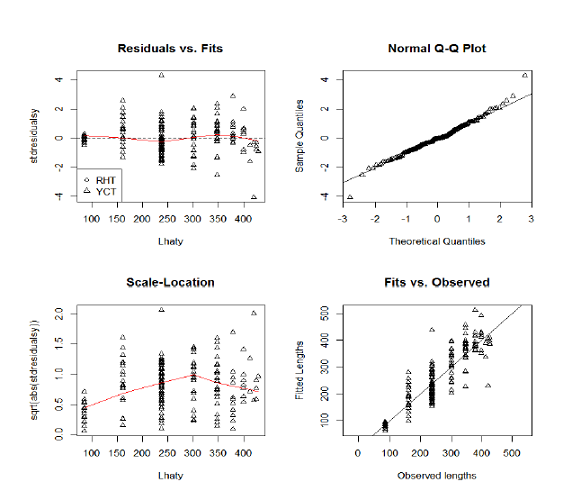
Tricky Blackbirds
A visual guide to identify two commonly confused bird species: the Tricolored Blackbird and the Red-winged Blackbird.
KEYWORDS
Ornithology, blackbirds, bird identification, visual guide
